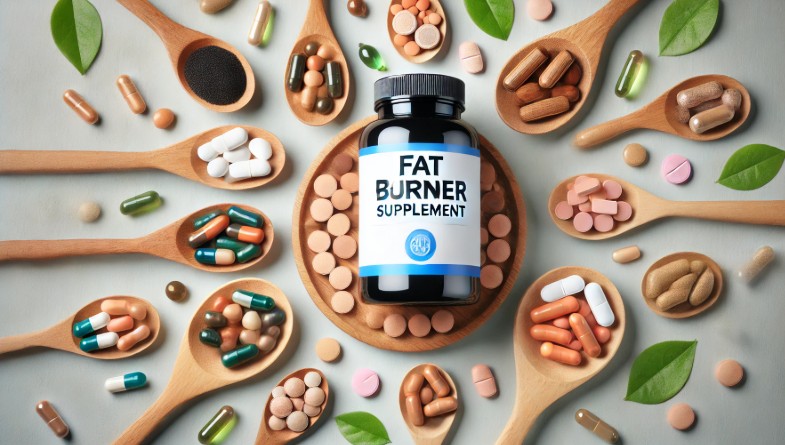
Sam Quinones, one of the nation’s foremost chroniclers of American drug abuse, took a stroll around San Francisco’s Tenderloin last week to take a hard look at the beleaguered neighborhood’s street addict scene. Like anyone else who’s taken that stroll lately, he saw the brazen fentanyl and methamphetamine use — and the grim consequences of unchecked addiction — that’s become a dispiriting calling card for that part of town.
Nothing much surprised him.
As a journalist and author covering America’s drug and homelessness epidemics for years, Quinones said what he witnessed has become alarmingly familiar across the country — and the crisis in the Tenderloin is not the uniquely San Francisco horror that locals and outside observers think it is.
“It’s not unlike several parts of the country I’ve seen,” Quinones said dryly, standing in UN Plaza while dealers hawked dope 20 feet away and a young woman squatted under an umbrella to smoke fentanyl through a straw.
“This story is the same all over the nation, because the drugs have covered the nation. It’s everywhere, and the massive supply that’s available now is the reason.”
Quinones, a former Los Angeles Times reporter and author of 2015’s best-selling “Dreamland” about the opioid epidemic, has been following the international drug trade for decades. His latest book, 2021’s “The Least of Us,” documents how synthesized fentanyl and pure meth, easily made with cheap chemicals in Mexico, have been pouring into the U.S., dominating the drug market and torquing drug addiction to new and dangerous levels.
That explosion, he said, is also helping drive a spike in homelessness around the country — because not only is fentanyl many times more powerful than heroin, but the newly more potent meth also causes extreme psychosis and instability. Both trap people in a cycle of addiction and hopelessness that makes it difficult to get off the street.
Quinones worked decades ago as a journalist in the Tenderloin, and was familiar with the city, but what he saw this week in the Tenderloin and other areas of San Francisco mirrored what he’s seen in Kentucky, Los Angeles, Reno, Portland, Ore., and Denver.

Thumper, 26, a homeless drug user, chats with author Sam Quinones at Civic Center Plaza in San Francisco.
Gabrielle Lurie / The ChronicleHe was taken aback at the “fearless” nature of some of the drug dealers who flipped him off and threw bottles at him while he was filming them with his phone — “They were laughing and behaving like they owned the block,” he said. But the rampantly open use of dope? Same story, different city.
“This has gone beyond what any city or county can deal with,” said the 64-year-old writer, who lives in Nashville. “It’s a national poisoning. We need to understand that this is supply-driven. It’s just way too available in massive quantities. And just like with homelessness, there is no one fix.”
Known overdose deaths in San Francisco have more than doubled since 2017, to 625 in 2021, and those overwhelmingly involved fentanyl either alone or mixed into another drug, with meth close behind.
Most of the nearly 8,000 people unhoused on any given night in San Francisco don’t struggle with substance abuse — but you don’t see them, generally. The ones visibly struggling in tents or shooting up on the sidewalk are the nearly 3,000 chronically homeless folks, so called because they have been outside for at least a year and suffer from disabilities that predominantly involve drugs, alcohol or mental illness.
It’s that population that Quinones was visiting this week, researching with no particular project in mind yet. As usual, it only took minutes to find street people in crisis to talk to, particularly in the gritty Tenderloin.
“I’m stuck out here because of fentanyl, and I don’t know how to get off it,” admitted a 26-year-old woman who gave her name as Thumper and sported a tattoo reading “Booze” over her right eye. Quinones helped her up when her dog, Bubba, accidentally knocked her down in UN Plaza as he lunged toward a bird. After a quick chit-chat she spilled out a harrowing biography.
“My dad killed himself and my mom shot me up with meth when I was a kid. I’ve been homeless since I was 14. I don’t do meth any more, but let me tell you — it’s gotten so much worse now. I think you’ve got to do it more often, and it makes you crazy faster,” she said.
Quinones noted how fentanyl is more difficult to detox from than heroin, with methadone being one of the few medications that consistently helps, and Thumper vigorously shook her head. “I tried Subutex (buprenorphine) to detox and it was awful, and I couldn’t get on methodone so I tried to detox in an alley and it was hell,” she said.
“I’m so sorry to hear that,” Quinones said. “The more I hear about this, the more I think there’s just this big mix of trauma and drugs.” Thumper again nodded.
One of Quinones’ biggest contentions is that a combination of personal trauma, drug addiction and mental illness commonly ensnare the most troubled unhoused people in the street, and addressing all of those problems with a broad range of approaches is the only way to make progress.
That means providing a wider variety of counseling-enriched supportive housing that tapers people off drugs and gets them away from drug-rich environments, increasing police crackdowns on drug dealing, providing intensive drug recovery programs in jail and more — ideas that are continually debated in San Francisco and other parts of the nation.
“The way to get people away from drugs is to keep people away from drugs during that very important few months when the drugs are telling them ‘you must go find me,’” Quinones said.
“Drugs hijack the brain’s instinct for self preservation. We always saw that, but these new drugs do that more completely because of their prevalence and potency. You see that every day in San Francisco, and all over the country — people who have completely lost their impulse for self preservation.”
Meanwhile, drugs are more available than ever, he said. Fentanyl may get the most publicity these days, but super-pure meth has also spiked because of the drop in price.
In 2008, meth cost about $20,000 a pound in Fresno, but today it costs between $500 and $800. Mix that with fentanyl and it’s a lot cheaper and easier to get high — most hits of meth and fentanyl cost between $1 and $5, cheaper drug highs than available 10 or 20 years ago.
But the twist is that the fairly new synthetic fentanyl — which is supplanting organic heroin as the main street opioid — has to be smoked a half-dozen times a day, at least, to stave off dope-sickness. Heroin gets the job done with two injections a day.

Thumper, 26, a homeless drug user, holds her dog, Bubba, on a leash while she chats with author Sam Quinones at Civic Center Plaza in San Francisco.
Gabrielle Lurie / The Chronicle“Every time Thumper smokes fentanyl she’s playing Russian roulette, six to eight times a day, and the high isn’t even as good,” Quinones said. “No heroin addict ever wanted to be a fentanyl addict. But you hardly see heroin out here any more compared to fentanyl. Synthetics have just taken over.”
Figures from the U.S. Department of Housing and Urban Development show that unsheltered homelessness increased nationally 3.4{35112b74ca1a6bc4decb6697edde3f9edcc1b44915f2ccb9995df8df6b4364bc} between 2020 and 2022, despite billions of extra dollars spent on the problem through COVID relief. Most communities in California also saw spikes, and homelessness overall throughout the state shot up 13{35112b74ca1a6bc4decb6697edde3f9edcc1b44915f2ccb9995df8df6b4364bc} since 2019.
San Francisco was an outlier on the increases, reducing unsheltered homelessness by 15{35112b74ca1a6bc4decb6697edde3f9edcc1b44915f2ccb9995df8df6b4364bc} since 2019. But that’s due to new investments of hundreds of millions of dollars in shelters and housing — and city officials estimate that for every one homeless person who gets housed, four more take their place.
The city’s Department of Homelessness and Supportive Housing released a study in December contending that ending unsheltered homelessness within three years would require spending an additional $1.4 billion on top of what is already budgeted. But even in that report, HSH admitted the goal is probably impossible for a lot of reasons — including that four-for-every-one estimate.
Quinones sees figures like that and blames, in large part, drugs. And in that, he sees death.
“Left on the street, people will die,” he said. “Meth will drive them mad and fentanyl will kill them. It’s not like heroin or crack. You used to be able to survive for decades on it. Not with fentanyl.”
Kevin Fagan is a San Francisco Chronicle staff writer. Email: [email protected] Twitter: @KevinChron







